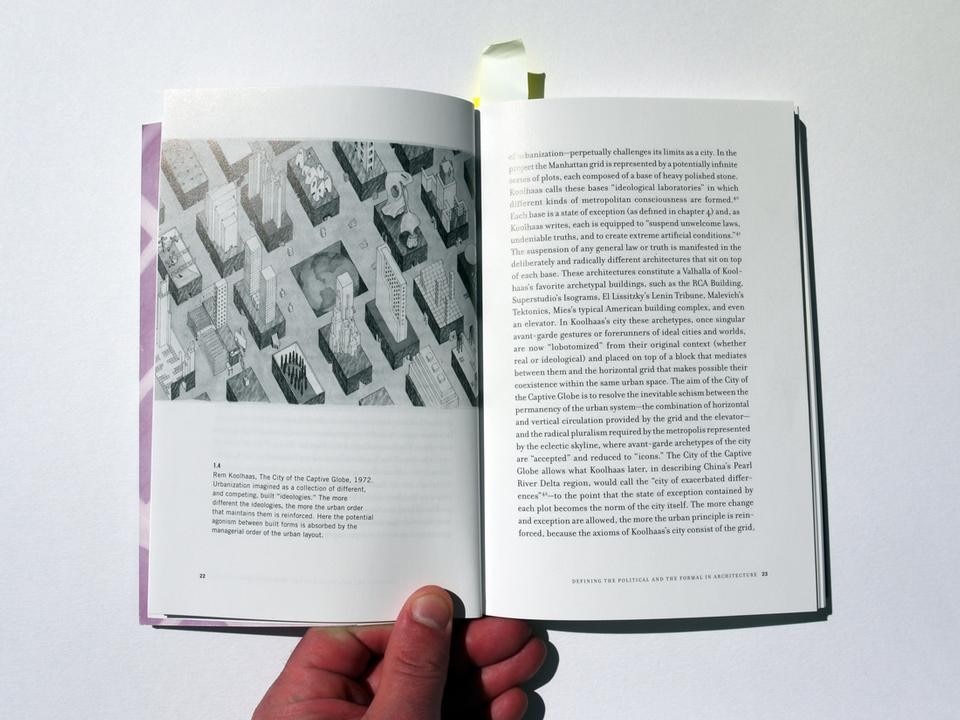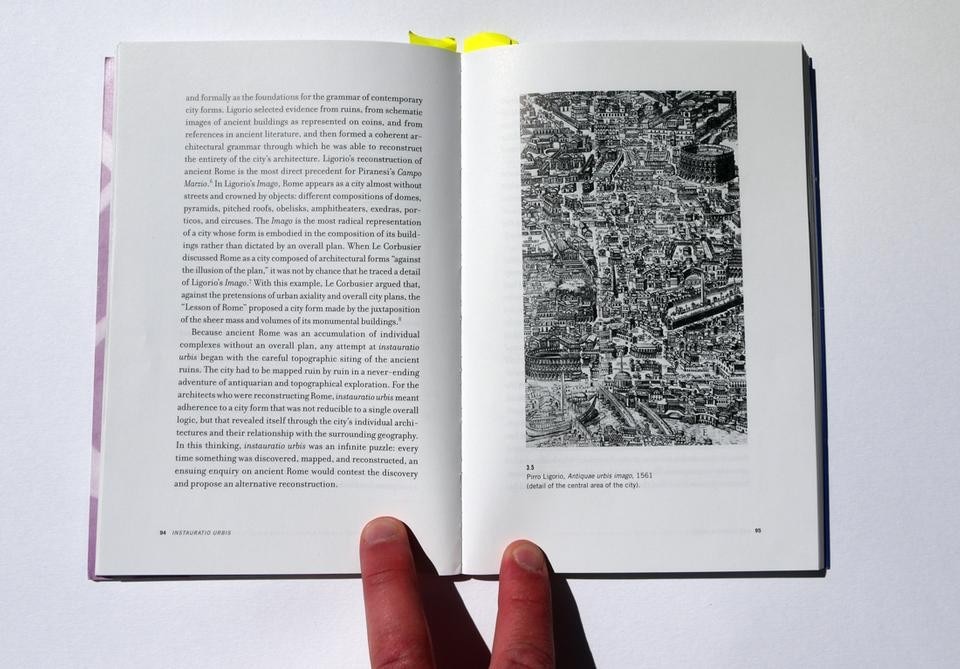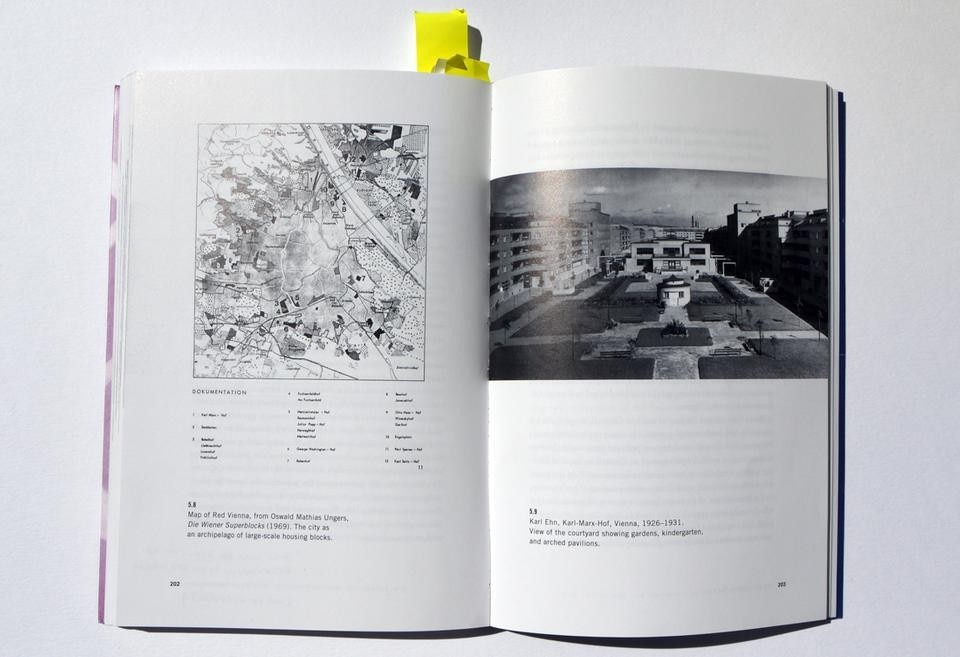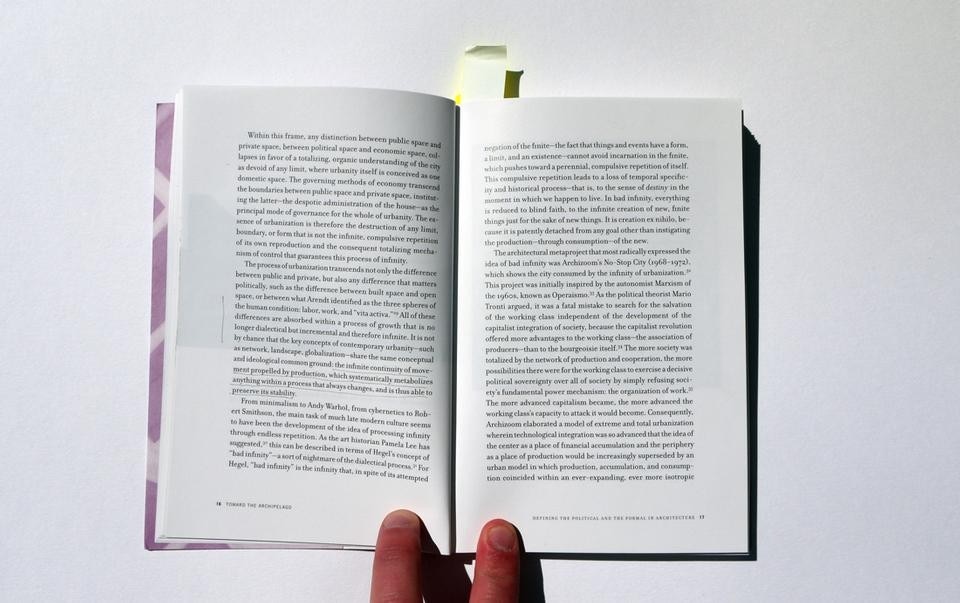Pier Vittorio Aureli. MIT Press, 2011. (230 pp., PB, US $24.95).
In the last decade, the concept of the political in different understandings and variations has been positioned in architecture's discourse by various people. One particular position within this debate is taken by Italian architect and theoretician Pier Vittorio Aureli, who teaches at Berlage Institute in Rotterdam and is cofounder of the architectural practice DOGMA.
Aureli became wider known to readers of architectural theory in 2008, publishing The Project of Autonomy, Politics and Architecture within and against Capitalism (Princeton Architectural Press, 2008). In that book he presented us a highly informed and determined reading of the 1960s/70s Italian Autonomia political movement and its relation to architectural production in Italy at that time, including the writing of Manfredo Tafuri, and the practice of Aldo Rossi and Archizoom. It was a rigorous argument that discerned the initial re-thinking of Marxist theory by Italian philosopher Mario Tronti and his concept of autonomy from the latter trend of a post-political activist-thinking associated with Antonio Negri, that became popular with the publication of the infamous book Empire (Harvard University Press, 2000). In doing so Aureli opted for re-reading the formative period of the Autonomia movement, arguing that the possibility of autonomy was not a "generic claim of autonomy from, but rather a more audacious and radical claim for autonomy for" (Aureli, 2008: 4), thus constructing a source of alternative opposition to the hegemonic power relations maintained by capitalism.

For Aureli absolute architecture is simply an island within the city; it is–in reference to the "Autonomia" concept of autonomy–separated from, but certainly not free from, the city. Aureli's concept emphasizes this sense of separation as a framerwork for opposition within the city. Through this opposition, architecture explicates its political, democratic dimension. Autonomous architecture thus fundamentally embodies agonism and through this unfolds its ultimate purpose: to accommodate and–at the same time–to govern differences.

Aureli's concept emphasizes this sense of separation as a framerwork for opposition within the city. Through this opposition, architecture explicates its political, democratic dimension.


Andreas Rumpfhuber is an architect/researcher/theoretician based in Vienna, Austria. His practice concerns interiors and its social, programmatic, cultural, political and symbolic organization.


